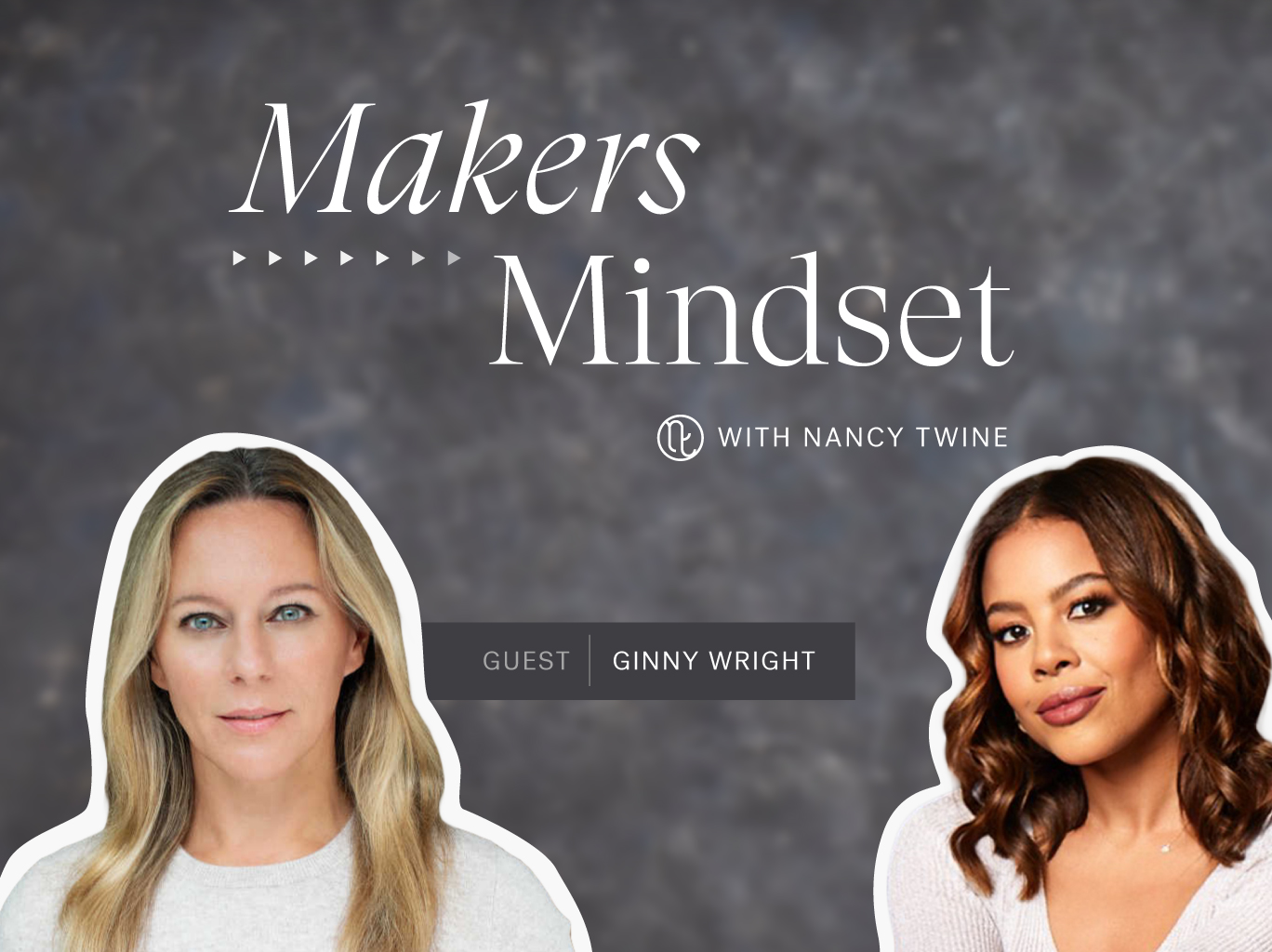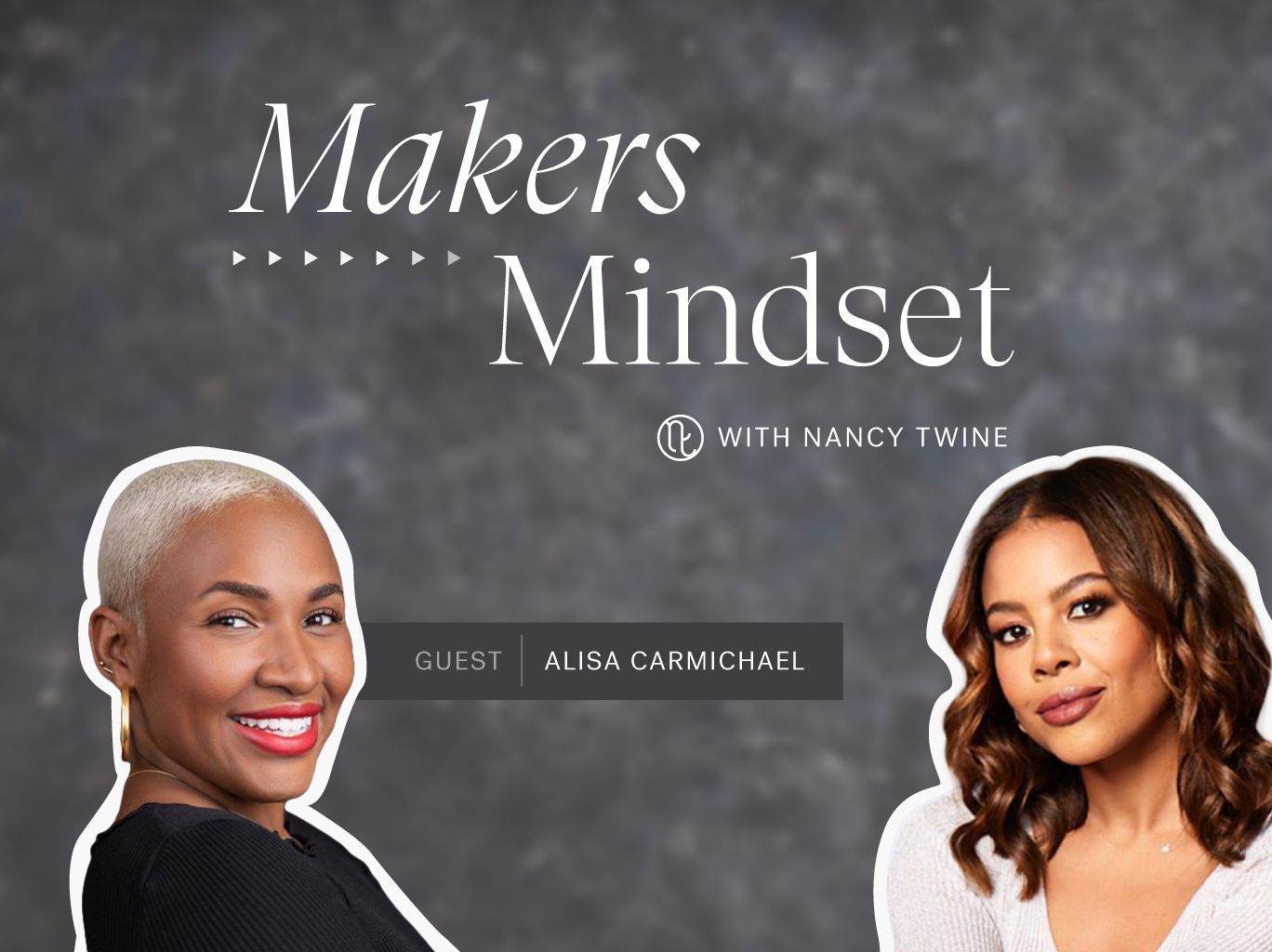As your business grows, you’ll likely make the decision to begin expanding your team. While it’s an exciting testament of growth, hiring also comes with a new set of challenges: How do you make sure to hire the right people? What processes and systems should you have in place to foster your team’s development and success?
In this guide, I’ll share some tips and best practices for hiring employees. From finding the right talent and onboarding to fostering a supportive culture and meeting HR legal requirements, I’ll delve into a few important topics to help you navigate this pivotal phase of growing a small business.
Assess Your Hiring Needs and What You’re Looking For
Are you making the decision to hire because of a lack of capacity (limited time and a large workload) or capability (specific skills you don’t have, like finance, if your specialty lies in marketing)? Take the time to evaluate your workload, existing team’s capabilities and competencies, and short and long-term goals. Consider how this new team member will contribute to the growth and success of your business.
“Having a clear understanding of your hiring needs and capacity will guide your recruitment strategy and ensure that you add the right person to your team.” – Nancy Twine
It’s crucial to assess your financial ability to support a new hire. Do you have the resources needed for a full-time hire, or is a part-time employee or consultant more suitable? There are distinct legal requirements for different types of workers, and you should be prepared to meet them. See this legal guide to hiring employees from the U.S. Chamber of Commerce. In addition, there are costs beyond the salary that need to be factored into your employment expense, including payroll taxes, discretionary bonus, and fringe benefits. Fringe benefits include things like accrued PTO, medical benefits, and insurance.
Craft a Detailed Job Description
Create a detailed job description that sets clear expectations, outlines responsibilities, and defines the frequency of support needed. Make sure to also share about your company’s culture and mission, as well as information about compensation and benefits. Hiring is a two-way process and it’s important to highlight the unique and compelling opportunities your company presents, especially when hiring in a competitive market.
I encourage you to seek legal counsel or consult with HR professionals to make sure that your hiring practices are in line with local, state, and federal laws. Take the time to understand minimum wage requirements (search by state), workplace safety standards (see OSHA’s employer responsibilities), and anti-discrimination laws (learn about the U.S. Equal Employment Opportunity Commission’s small business requirements).
Screen Candidates
You’re most likely to reach the best possible talent pool by leveraging your professional network, asking for referrals, and utilizing hiring resources like LinkedIn or Indeed. Also consider partnering with a recruiting agency that specializes in your industry, particularly if you’re hiring for several roles or hiring an executive. Note, in some instances, you can expect to pay a recruiting agency 15-25% of the prospective employee’s salary which can result in a costly hiring expense.
Screen the applications you receive by setting specific criteria based on relevant work experience, location, and cover letter quality. Once you’ve narrowed down your group of promising candidates, consider following these next steps:
1. Conduct Initial Interviews
Screen promising candidates with an introductory interview, assessing their qualifications and compatibility with your business objectives and culture. This is also an opportunity for you to highlight the unique and rewarding aspects of the role and your company.
2. Narrow Your Candidate Pool and Conduct a Second Round of Interviews
Choose the best 3-5 candidates and invite them back for an in-depth interview to learn more about their skills, past experience, communication and working style, and career goals. Use your job description to prepare standardized questions for all candidates to ensure consistency and fairness.
To assess whether a candidate may fit in with your company’s culture, incorporate value-related questions into your interview. For example, if collaboration is a core value, ask about the candidate’s working style and how they’ve contributed to a team environment in the past.
If possible, I recommend having other members of your team interview key candidates as well so they can weigh in on skill and cultural fit. People are dynamic and our unique experiences set the tone for our individual perspectives, which may not always give us a full picture. I’ve found it to be incredibly helpful to have thought partnership by sharing notes and perspectives on each candidate.
3. Assess Your Chosen Candidates’ Skill Level
Depending on what the role demands, you may choose to administer an assessment. If your new hire will need to use a specific software to be successful, test their capabilities with the software, or, if they will need to write compelling marketing copy, assess their copywriting skills. Doing so can give you greater confidence on whether a candidate will be able to meet the skill expectations you have for the role.
4. Conduct Reference Checks and Finish Your Hiring Process
Contact your top one or two candidates’ professional references to verify their work history and gain insights into their prior performance. Sometimes backchanneling references can be a way to get an unbiased view on a candidate’s performance and working style. Backchanneling involves reaching out to people in your network, outside of the candidate’s curated reference list, who may be connected to the candidate and can offer candid perspective. After you’ve completed reference checking, I recommend carrying out a final conversation with your top candidates to see if there are any final questions they may have about the role or company.
Make an Offer to Your Chosen Candidate
Once you’ve identified the best candidate, it’s time to extend an offer. When you do this, make sure to clearly outline the terms of employment, including salary, benefits, and work hours. Keep in mind that there are certain benefits, like worker’s compensation and disability insurance, which are required by law.
Learn about creating contracts for your business.
Set a reasonable timeframe for the candidate to respond to the offer (typically one week) and be prepared to negotiate. After the candidate accepts the offer, provide a formal employment contract outlining the terms and conditions of their employment. Start here to learn about crafting an employment contract, but make sure to work with a legal expert to draw up a contract that complies with labor laws. Ensuring you’re adhering to these laws will not only reduce your risks as an employer, but they will also foster a positive work environment for your employees.
Welcome Your New Team Member with an Onboarding Process
“The onboarding process is crucial when it comes to smoothly integrating a new employee into your organization.” – Nancy Twine
Support a seamless transition by introducing your new hire to your company’s values and providing proper training and resources. If you’re onboarding a remote employee, which can be challenging, it’s especially important to make sure that they feel supported. Encourage open communication, creating an environment where your new team member can thrive.
Manage Your Business’ Growth and Invest in Employee Development
As your business continues to grow, your hiring needs may evolve rapidly. To accommodate your expanding team, develop a scalable recruitment and onboarding process and use HR software and automation tools like Gusto, ADP, or OnPay to help streamline administrative tasks. When setting up Briogeo, I consulted with a tax specialist and an organizational lawyer to ensure we were filing all the appropriate paperwork, paying taxes in the right states, and understood how requirements would change over time as the company grew both financially and from an employee-count and location perspective.
Hiring employees for your small business is a milestone in your entrepreneurial journey that’s filled with opportunities for growth, innovation, and collaboration. Remember that hiring is an ongoing commitment to fostering a dynamic and thriving workforce. With an organizational roadmap (your future hiring plan), careful planning, and a focus on creating a positive workplace culture, you can attract, retain, and empower your employees.
Get grant opportunities, exclusive invites, tools, and entrepreneurial inspiration in your inbox once a month. Sign up for the Makers Mindset newsletter.




